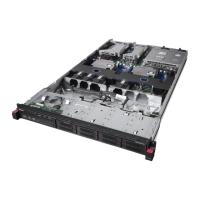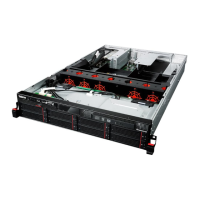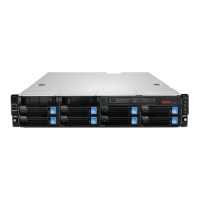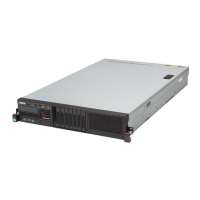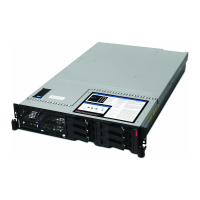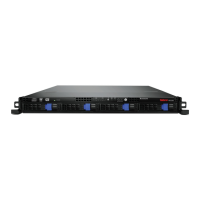Page 90
MegaRAID SAS Software User GuideChapter 4: WebBIOS Configuration Utility
| Creating a Storage Configuration
The Configuration Preview screen appears, as shown in Figure47.
Figure 47: RAID 00 Configuration Preview
22. Check the information in the configuration preview.
23. If the virtual drive configuration is acceptable, click Accept to save the
configuration. Otherwise, click Cancel to end the operation and return to the
WebBIOS main menu, or click Back to return to the previous screens and change
the configuration.
24. If you accept the configuration, click Ye s at the prompt to save the configuration.
The WebBIOS main menu appears.
4.5.3.6 Using Manual
Configuration: RAID 10
RAID 10, a combination of RAID 1 and RAID 0, has mirrored drives.
It breaks up data into smaller blocks, then stripes the blocks of data to each RAID 1
drive group. Each RAID 1 drive group then duplicates its data to its other drive. The size
of each block is determined by the stripe size parameter, which is 64 KB. RAID 10 can
sustain one drive failure in each drive group while maintaining data integrity.
RAID 10 provides both high data transfer rates and complete data redundancy. It works
best for data storage that must have 100 percent redundancy of RAID 1 (mirrored drive
groups) and that also needs the enhanced I/O performance of RAID 0 (striped drive
groups); it works well for medium-sized databases or any environment that requires a
higher degree of fault tolerance and moderate to medium capacity.
When you select Manual Configuration and click Next, the Drive Group Definition
screen appears.
You use the Drive Group Definition screen to select drives to create drive groups.

